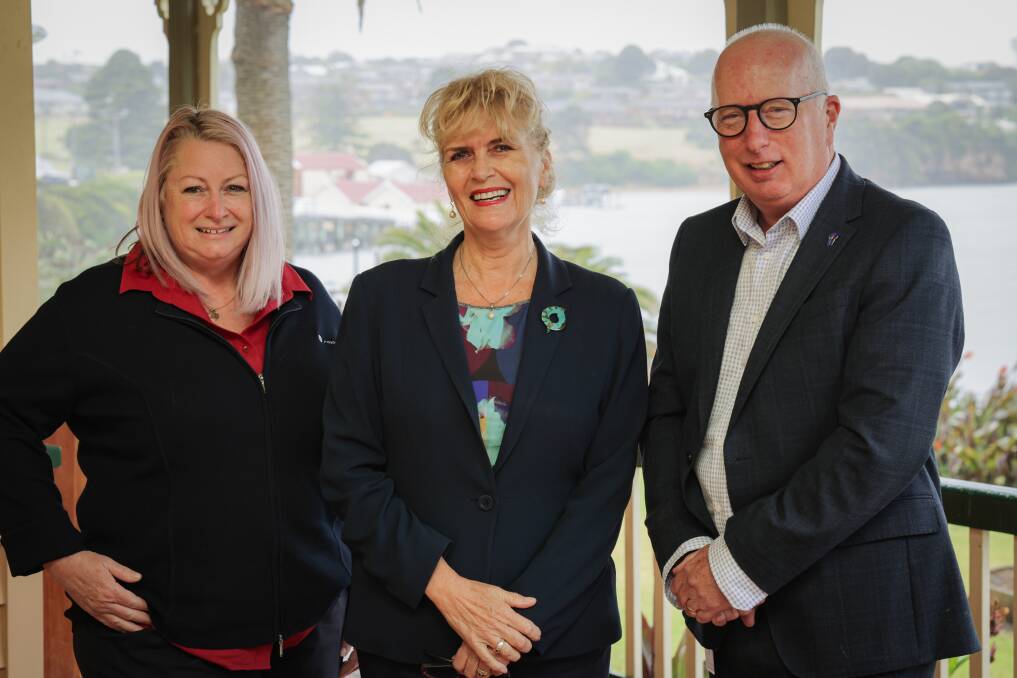
Lyndoch Living's new acting chief executive officer has made key organisational changes as the service seeks to get its finances back on track.
Subscribe now for unlimited access.
or signup to continue reading
Lyndoch's 2022 annual report, published this week, revealed substantial losses on a balance sheet that has been in decline for the past few years. The headline figure was a $5.7 million loss in total comprehensive income thanks to a $2.9m operational deficit and $2.6m in depreciation costs.
The report revealed Lyndoch's failure to meet national aged care standards cost the service $1.2m in extra staff and services.
The organisation's assets and liabilities are also both heading in the wrong direction, due mainly to the $25m primary care centre which was started in the depths of the COVID-19 pandemic. Lyndoch's net assets dropped nearly $6m to $35.4m after a $4m drop over the previous financial year.
The centre opened in late 2022, but is still well below 50 per cent occupancy, while Lyndoch still has an $11m loan from its construction.
Acting CEO Jill Davidson told The Standard the board and management were "working on some pretty good strategies" to address the occupancy issue and were speaking with several major regional organisations that could see it fully occupied in 12 months time.
But with a large proportion of Lyndoch's cash tied up in the building, there is a possibility the centre itself could be sold.
"The board's looking at various options at the moment," Ms Davidson said. "Our core business is not really to have buildings, our core business is to deliver services. For the moment, we're trying to get occupancy up, which will be really beneficial."
In its annual report, Lyndoch board chair Sue Cassidy described the previous year as "possibly... our most challenging year of all", and Ms Davidson said the key to turning around the finances was getting "point of care" right throughout the service.
"Quality and care outcomes is about having the systems right," Ms Davidson said. "One of the big changes has been the quality function, which had become a corporate function and that had created a disconnect between the point of care and what was delivered."
She said quality had been moved under the nursing division, so nursing staff were responsible not just for logging things like clinical incidents, but responding to any red flags with the appropriate training.
"We've lost focus and we need to focus at the point of care. Our predominant investment has to be in clinical services," Ms Davidson said. "All managers, all team leaders, have been given the responsibility to manage their cost centres and start to identify efficiencies.
"We have to interrogate everything we do."
The second tier executive has been streamlined, with just four directors - the chief financial officer, director of nursing, HR director and community services director - reporting to the chief executive officer, instead of six.
Ms Davidson said if Lyndoch could show the community it was a top organisation, that would bring residents and staff in.
"The more we can approach this positively the more we will be able to encourage staff to return," she said. "At the end of the day it's about what the community needs."
She said the new changes had already started bearing fruit. "We're getting a trickle of staff coming back and we have existing staff extending their days," she said.















